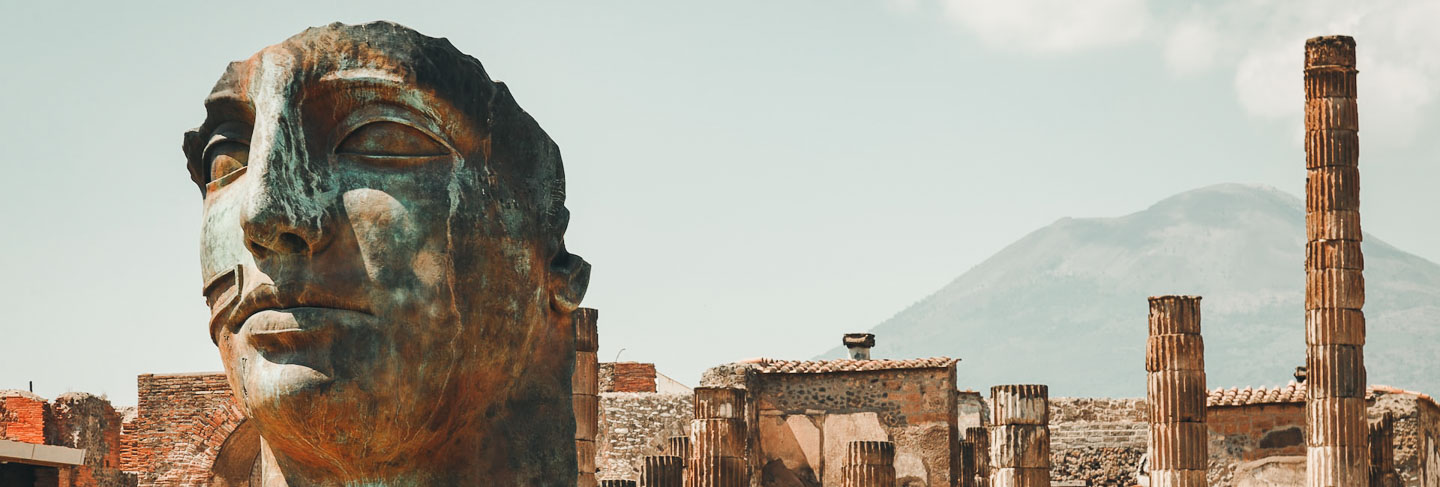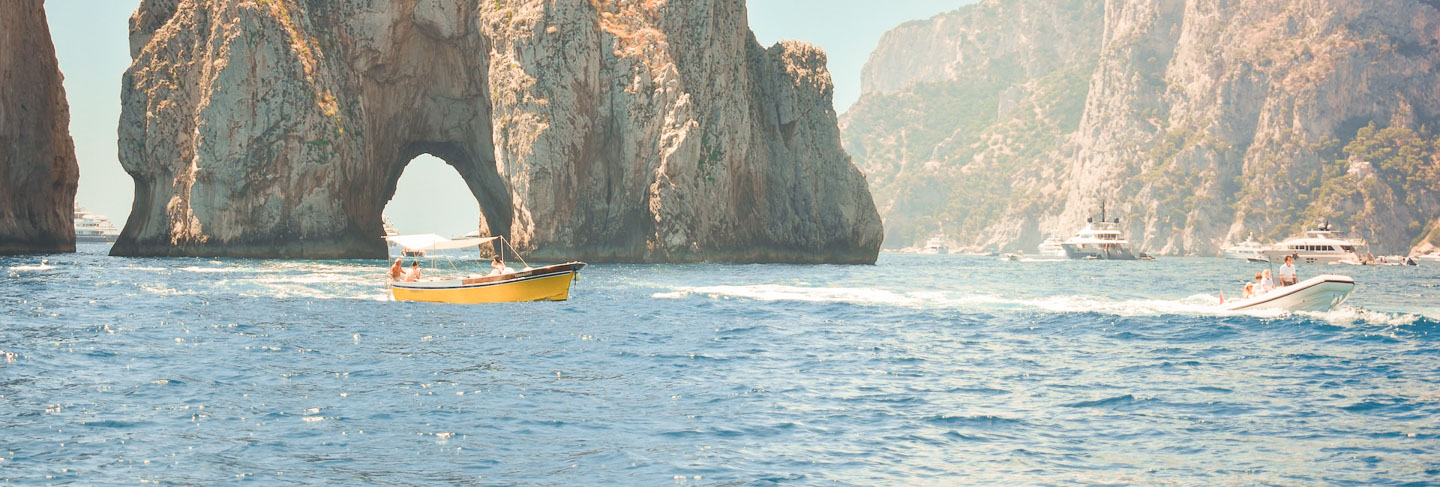Sicily is famous for its idyllic beaches and turquoise waters, but it is also home to one of the largest active volcanoes in the world: Mount Etna, near Catania, which stands at 3,357 metres. If you are looking for adventure and breathtaking scenery, this is definitely a Sicilian experience not to be missed. You can explore this volcano on foot, by car or by cable car. To make the most of this experience, hire a guide who will tell you all the secrets and legends of this iconic volcano.
The capital of Sicily, Palermo is a vibrant city with a rich historical heritage. Like many Italian cities, Palermo's churches are... abundant. Don't miss the Palermo Cathedral and the church of San Cataldo, of Arab-Norman architecture. Also worth seeing: the superb Palazzo dei Normanni and the Palatine Chapel. Take the time to take a stroll through the popular market of Vucciria, in turn surprising and charming, with its beautiful stalls and shops offering drinks and local delicacies.
This famous Italian city was buried under the ashes following the eruption of Mount Vesuvius in 79 AD. Unearthed during excavations in the 17th century, today Pompeii is a unique archaeological site in a remarkable state of preservation. Forums, temples, houses and thermal baths: wander through the impressive remains of this city frozen in time. Free or guided tours are available. However, due to its popularity, it is best to book your tickets in advance.
Created in the 16th century in Naples, pizza is now a staple of Italian, and indeed world, gastronomy. For a highly convivial eating experience, step inside one of the city's countless pizzerias and discover both the warm atmosphere and the taste of a true Neapolitan pizza, the kind you won't find anywhere else. From the Materdei district to Pignasecca, dive into the popular, bustling city of Naples for a gastronomical and cultural journey.
An aperitif on a terrace watching the sunset, with a cocktail in hand: that's the recipe for la dolce vita! The Amalfi Coast has some of the most beautiful scenery in the world, with jaw-dropping views from its colourful villages. The town is built vertically, so you'll have to climb a lot of stairs to explore it, but your efforts will be rewarded with some stunning views.
A muse for writers, a source of inspiration for artists and a (luxury) retreat off the Amalfi coast, Capri is an idyllic island washed in an astonishingly blue sea. With its spectacular scenery of steep cliffs dotted with caves, its legends of mermaids inhabiting the island, its villages with enchanting alleyways, its limoncello and its high-end boutiques: you cannot fail to be charmed by the beauty of this jewel in the Bay of Naples.
Located in the Itria Valley and classified as a UNESCO World Heritage Site, these historic cone-shaped limestone buildings, better known as trulli, are one of the great architectural symbols of Puglia. Built around the 8th century to avoid the high land taxes imposed by the Viceroy of the Kingdom of Naples, these dry-stone wall constructions could be easily dismantled when the tax inspectors came to the area. Thus, by removing only the keystone, these round, tapered rural buildings collapsed, becoming a mere pile of stones.
Known as the "Florence of the South", Lecce is a collection of architectural wonders characterised by its Baroque style. From the piazza Sant'Oronzo with its Roman amphitheatre to the spectacular piazza del Duomo and the sumptuous Basilica of Santa Croce with its carved facade, the capital of Salento is an essential stop on a cultural trip to southern Italy. In between visits, enjoy a coffee with the delicious pastries of the Alvino café in the piazza Sant'Oronzo.
Listed as a UNESCO World Heritage Site since 1993, Matera is undoubtedly one of the most interesting and unusual tourist destinations in Italy. In the remote southern region of Basilicata, still little visited by foreign travellers, this town amazes with its vast ensembles of troglodytic dwellings known as "Sassi". Curious visitors can stay in caves, walk through the narrow streets along the picturesque cliff tops and discover the history of this fascinating place.
Symbolised by the prestigious Costa Smeralda (Emerald Coast), which takes its name from the incredible colour of the water that laps its white sandy beaches, Sardinia is an island of great beauty, appealing to both beach-goers and nature-lovers. First-time travellers to Sardinia will be surprised to discover that an island so well known for its exceptional beaches can, just a few kilometres from the shore, become a wild and mountainous land!








